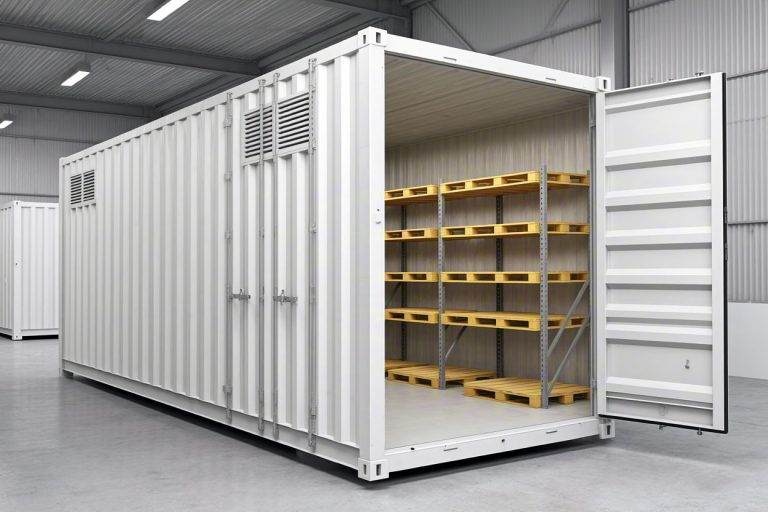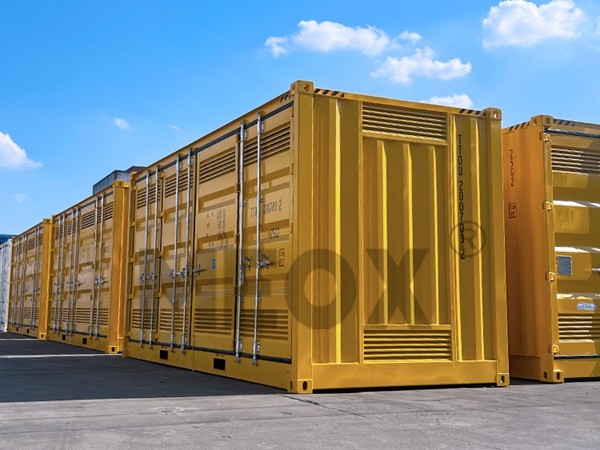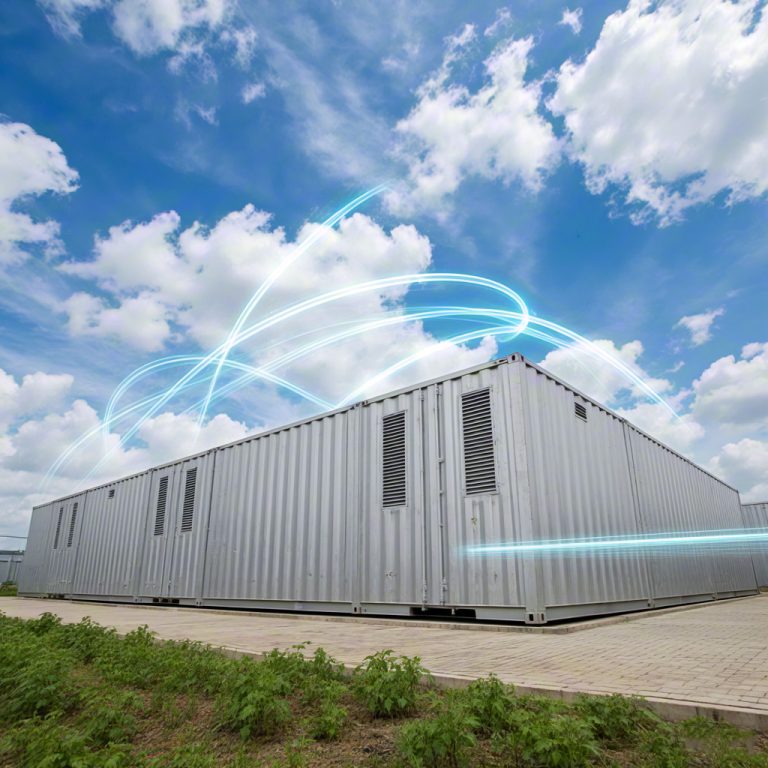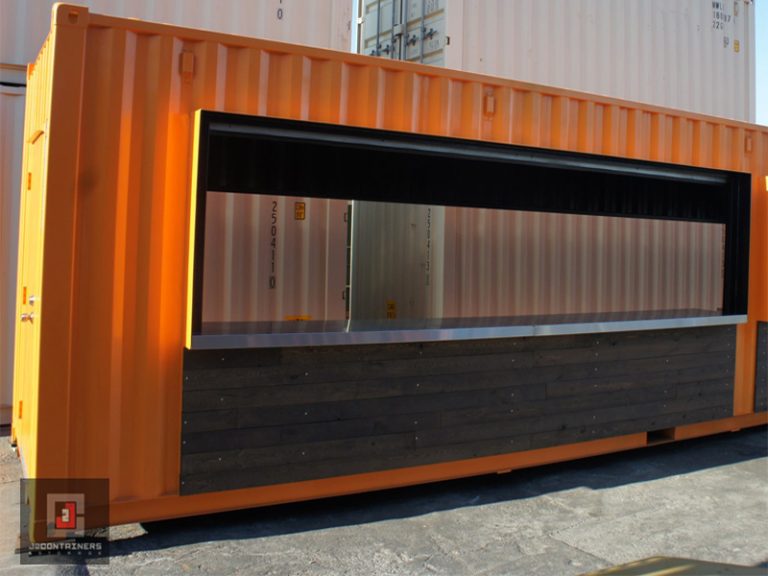What Is a Diesel Generator Container?
A Diesel Generator Container is a specialized enclosure. It is designed to protect and transport generator sets. It meets ISO/TC104 standard sizes. It safeguards equipment during sea shipping. It comes in many forms. You can choose 20’ or 40’ versions. You can also choose widened or heightened configurations. You can opt for a normal or silent type. Each Diesel Generator Container features a high-quality diesel engine. It uses an international-grade brushless synchronous alternator. It ensures reliable power generation. It is easy to move and robust in harsh environments. It offers dependable and flexible power solutions.
Key Features of Diesel Generator Container
1. Efficient Transportation
- Designed to meet international container standards for seamless shipping.
- CSC-certified, allowing direct shipment in standard containers, reducing costs.
- Equipped with lifting hooks and forklift holes for easy handling and transport.
2. Durable and Weatherproof Design
- Constructed with high-quality stainless steel components to resist corrosion.
- Weatherproof shell protects against rain, seawater, and harsh outdoor conditions.
- Built for easy lifting and excellent rainproof performance.
3. Safe and User-Friendly Features
- Explosion-proof lights enhance safety during operation.
- Dual front and rear doors, plus side doors, provide easy access and maintenance.
- Built-in lights and external ladders improve accessibility.
4. Superior Noise Reduction
- Equipped with flame-retardant soundproofing materials for quieter operation.
- Optimized air intake and exhaust systems minimize noise levels.
5. Reliable Power Performance
- Powered by globally recognized diesel engines, including Cummins, Perkins, Volvo, and more.
- Features brushless alternators from brands like Stamford, Leroy Somer, and Marathon.
- Rated voltage and frequency options support various power needs (e.g., 120V–440V, 50Hz/60Hz).
6. Advanced Control and Monitoring
- Includes generator set control systems such as ATS, remote control, and parallel operation.
- Supports various control models for efficient power management.
7. Adaptability and Customization
- Available in 20FT and 40HQ container sizes, with widened or heightened configurations.
- Designed for different environmental conditions, ensuring flexibility.
8. Eco-Friendly and Energy-Efficient
- Equipped with advanced emission control systems to reduce exhaust pollution.
- Complies with major standards, including GB/T2820, ISO8528, IEC34, CE, and EPA Tier 4.
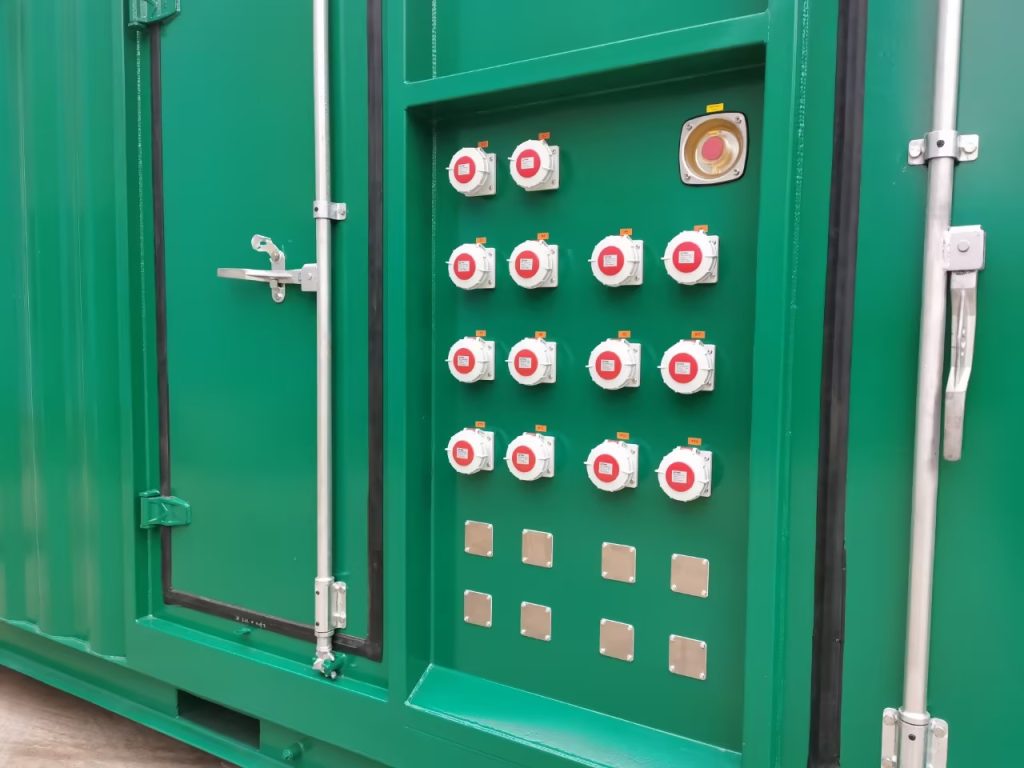
6 Key Factors to Help You Choose
1. Power & Output: A Diesel Generator Container offers options from 625kVA to 3730kVA. It comes in 20FT or 40HQ designs.
2. Frequency & Voltage: .A Diesel Generator Container typically supports 50Hz or 60Hz. It can offer customizable voltage from 220V to 480V.
3. Engine & Alternator Choices: Engines from Cummins, Perkins, and Volvo are common. Alternator options include Stamford and Leroy Somer. These choices ensure reliable power.
4. Control Systems & Components: Additional features such as automatic fuel pumps and control valves enhance performance.
5. Build Quality & Design: A Diesel Generator Container features a robust shell and vibration isolators. It uses stainless steel components and integrated wiring for durability. The container design also reduces noise.
6. Safety & Operational Features: The diesel generator container has complete protection functions and safety labels. It offers options like automatic transfer switches and paralleling systems. These features provide reliable and safe operation.
Supported Customization Options
1. Oilfield Application Customizations
You may consider equipping diesel generator containers with explosion-proof switches and lighting. These components prevent ignition risks in volatile environments. Workbenches with tool mounts improve onsite maintenance efficiency. Rope hooks along the interior walls secure cables and hoses safely.
For mobile deployments, sled bases or climbing plow attachments enhance stability on uneven terrain. Verify that explosion-proof cabinets meet ATEX/IECEx certifications. Pressure-relief vents on container roofs mitigate gas buildup risks. Regular testing of safety interlocks is recommended for oilfield-grade units.
2. Offshore Platform Adaptations
Diesel generator containers for marine use require hermetic sealing against salt spray. You should prioritize units with silicone-based gaskets and marine-grade steel. Electric louvers with moisture sensors automate airflow control in humid conditions.
Wave-impact-resistant mounting brackets reduce structural stress during storms. Corrosion-resistant coatings on exhaust systems extend service life. You may request third-party salt fog testing reports (per ASTM B117). Dehumidifiers inside the container prevent condensation damage to electrical components.
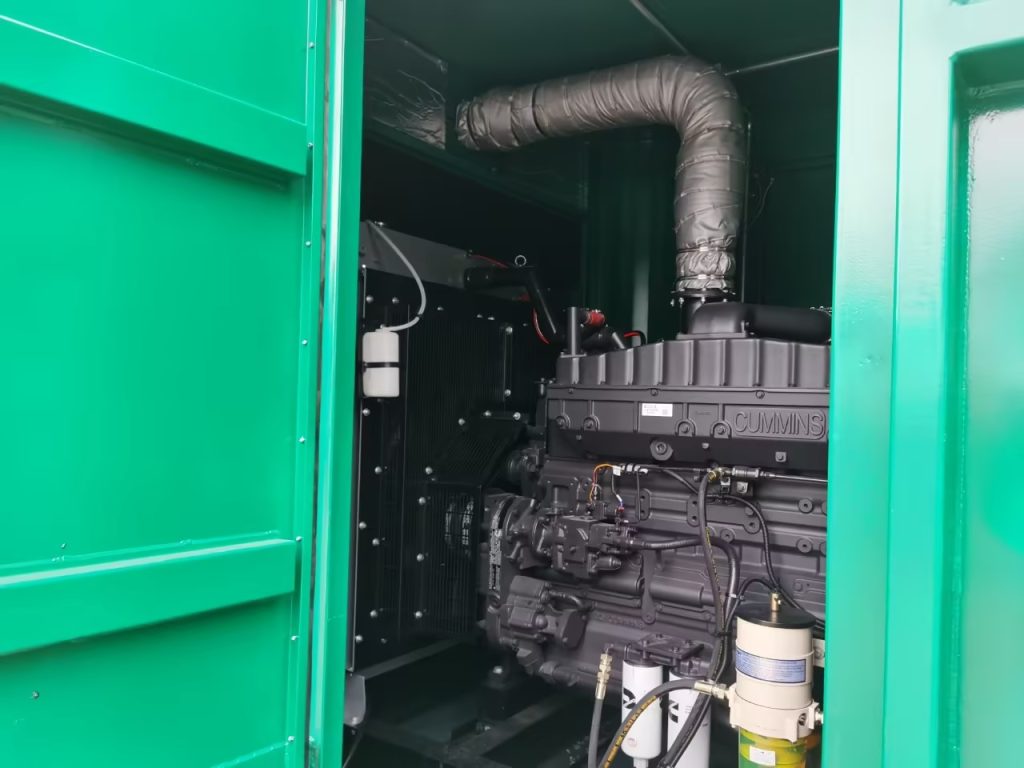
Steps for Installing a Diesel Generator Container
1. Site Preparation
Verify that the ground is stable. Use compacted soil or a concrete base. This ensures the diesel generator container remains level. Confirm there is at least 1 meter of clearance on all sides. This space allows for airflow and maintenance access.
2. Electrical Connections
Follow manufacturer guidelines for cable sizing. Use copper cables rated for the generator’s power output. Tighten all terminals to prevent loose connections. Test the grounding system before startup. This reduces electrical hazards and improves diesel generator container performance.
3. Ventilation Requirements
Confirm the ventilation design meets ISO 8528 standards. Ensure air intake and exhaust paths are unobstructed. Install weatherproof louvers if outdoor airflow is insufficient. Regularly clean dust filters near the diesel generator container. This prevents overheating and extends equipment lifespan.
Additional Tips
- Use anti-vibration mounts under the diesel generator container.
- Label emergency shutdown switches clearly.
- Document all installation steps for future audits.
Application Scenarios for Diesel Generator Container
1. Large-Scale Outdoor Engineering Projects
You may deploy diesel generator containers for construction sites requiring 500+ kVA power. Their high-capacity output supports heavy machinery like cranes and concrete mixers. The weatherproof design ensures uninterrupted operation in rain or dust storms.
For noise-sensitive urban projects, prioritize units with <65 dB soundproofing. Mobile configurations on sled bases enable easy relocation across work zones. You should verify CSC certification for road transport compliance. Regular load testing prevents power gaps during critical phases.
2. Hospital Emergency Power Systems
Diesel generator containers provide backup power for life-support equipment and surgical units. Automatic Transfer Switches (ATS) activate within seconds of grid failure. You should select units with dual fuel tanks for extended runtime during crises.
Low-noise models (≤60 dB) prevent patient discomfort. Anti-vibration mounts protect sensitive medical devices from interference. Ensure exhaust systems meet hospital air quality standards. Monthly test runs are advised to maintain readiness.
3. School Campus Power Solutions
Schools can use diesel generator containers for blackout protection or outdoor events. Units with 120/240V dual voltage adapt to lighting systems and kitchen equipment. Lockable access panels enhance child safety.
For sports events, mobile containers with quick-connect interfaces simplify setup. Noise-reduced models allow generators to run near classrooms without disruptions. You should schedule maintenance during school holidays to minimize impact.
FAQ
Q: What are the key benefits of diesel generator containers?
A: These systems prioritize fast deployment with modular designs for quick setup. They include eco-friendly features like emission controls and noise reduction. Their all-in-one structure also lowers maintenance costs while improving operational stability.
Q: How to select the proper diesel generator container size?
A: Assess your peak power demand first. Consider the local climate (e.g., extreme heat/cold) and required runtime. For precise sizing, request a load analysis from your supplier.
Q: What power range do diesel generator containers cover?
A: Standard units deliver 500kW–3,000kW. A 20ft diesel generator container typically supports up to 1,000kVA. For 40ft models or applications needing precise climate control, capacities often exceed 1,250kVA.
Q: Which fuels work best with these systems?
A: Most use standard diesel. In sub-zero climates, you may need winter-grade diesel to avoid fuel thickening. Some models support biodiesel blends for reduced emissions.
Q: Can diesel generator containers meet ISO specifications?
A: Yes. Certified ISO-compliant designs. Custom configurations adapt to ISO transport and safety rules.

